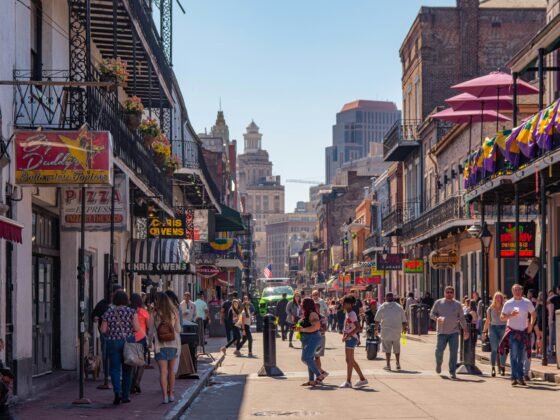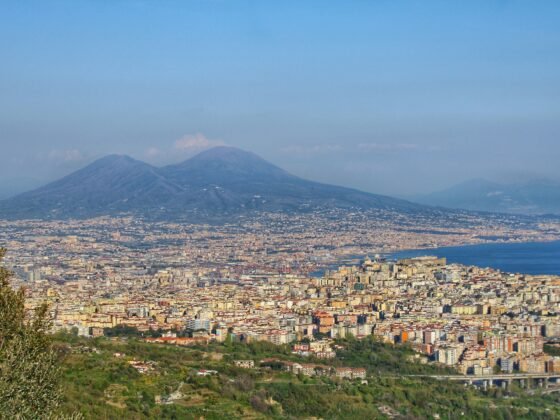
Many art lovers have become curious about historical events when viewing masterworks from times past. Art can be a fascinating way to study history since it provides an individual perspective on a cultural or historical event. Understanding what makes art part of history is a fundamental task.
Art can be used as a lens through which to discover the attitudes, perspectives, and emotions that relate to a historical event. This article will explain how art lovers can experience the discovery of history through interaction with pieces from around the world.
Exploring an Individual’s Life Story
One of the most mysterious figures in Renaissance art is the subject of the Mona Lisa. In the famous painting shown at the Louvre in Paris, the Mona Lisa is shown to have an enigmatic smile that has captured the imagination of millions. When art lovers study the Mona Lisa, they may not be aware that an earlier version of the painting exists.
Leonardo painted the earlier Mona Lisa fifteen years before the Louvre version. It is widely known that he used the same model for both paintings, though the model in the earlier painting is significantly younger. The paintings’ subject, Lisa del Giocondo, has been thoroughly studied but remains somewhat of a mystery. Viewing both paintings with an eye toward their subject gives an important insight into Leonardo’s creative process. This is one of the best ways in which art and history overlap.
The earlier Mona Lisa is currently being displayed in Florence, Italy, though the institution dedicated to its preservation is located in Zürich, Switzerland. The Mona Lisa Foundation’s goal is to protect and share the painting with interested viewers while creating a full history of Leonardo’s work during this time period.
A New Perspective on Historical Events
Frequently, artworks can bring a new perspective to historical events. When viewing a piece of art, an art lover is able to put themselves in the shoes of the painter and receive some of their interpretation from the source. The same event painted by two different people shows differences of opinion regarding the historical perspective and in some cases, historical fact.
One of the subject areas where this phenomenon is most apparent is in the painting of war and battle scenes. The same battle is completely different when viewed from the other side.
Historical Detail
When we examine work from the distant past, we often do not know very much about the daily lives of the people pictured. Small details in the paintings can bring clarity to our vision of an event. In this way, history is made more real to the viewer.
This is especially true of works from distant historical periods like ancient Egypt and Greece. Showing the artifacts of daily life and how they were used allows people to see what life was like from an ordinary person’s perspective.
The Best Collections of Historical Art
Traveling around the world to visit art museums can be an enriching experience. Some of the best historical art collections in the world can be found in Zürich. The Kunsthaus Zürich has an extensive collection dated from the 13th century to the present time. Another historical museum in Zürich that has gained a lot of attention is the Swiss National Museum, which provides a sweeping national perspective on the people and events in Swiss history.
In London, the best historical art can be found at the National Gallery. This museum showcases works by Renoir, Van Gogh, Turner, and Rembrandt, among many others. The historical events that inspired these works of art are easier to understand with a visual representation.
In New York City, the Metropolitan Museum of Art provides a broad scope of historical art beginning with ancient artifacts. The Met, as it is known, is a feast for the budding historian. The museum features paintings on many themes, including war, political upheaval, and national moments of triumph and tragedy.
In Washington, D.C., the Smithsonian American Art Museum is one of the country’s leading collections. This art museum allows travelers to experience historical events and compare different takes on the same subject.
Italy is rich in historical art museums. The Uffizi in Florence holds a great portion of Florentine and Italian history, including many works by Leonardo da Vinci.
Traveling to Find Historical Art
Visiting these cities’ great art museums can bring an art lover closer to the past. Planning a vacation around the galleries and museums that can be visited in each city is highly rewarding. When history lovers and art lovers share the same interests, they can encourage a vivid conversation about the ways in which art and history can influence one another.











